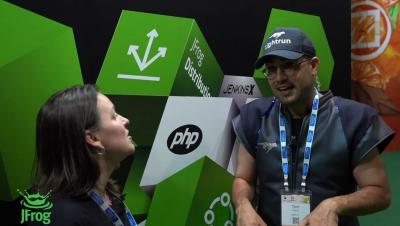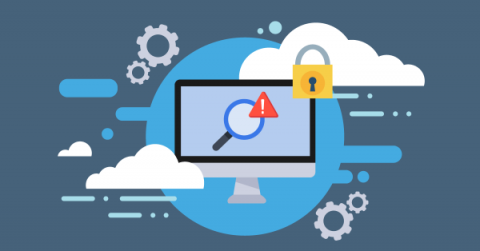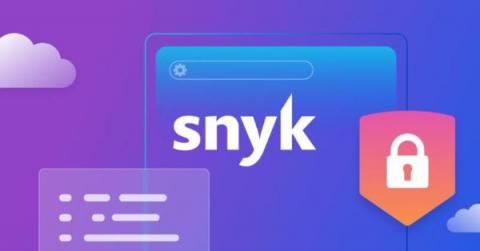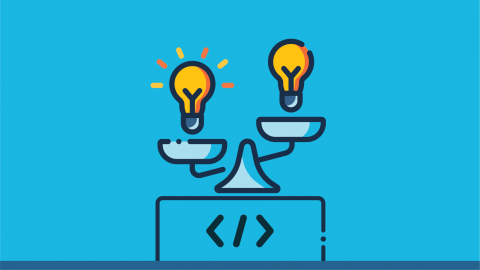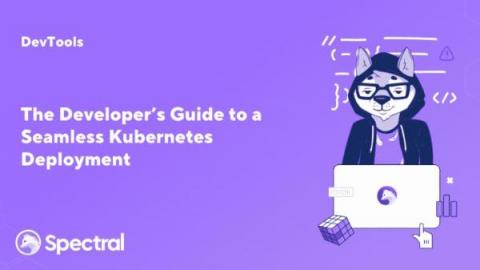Collaborating on Access Control Policies with Open Policy Agent
Zendesk Engineering consists of many teams that own a large number of different domains, ranging from engineering teams that built internal services to teams that work on our various product offerings. One concern that these teams have in common is controlling access to their APIs via fine-grained policies. Some APIs are only available to admins, others to users with a specific set of permissions and some APIs restrict access based on attributes of the data being accessed.





